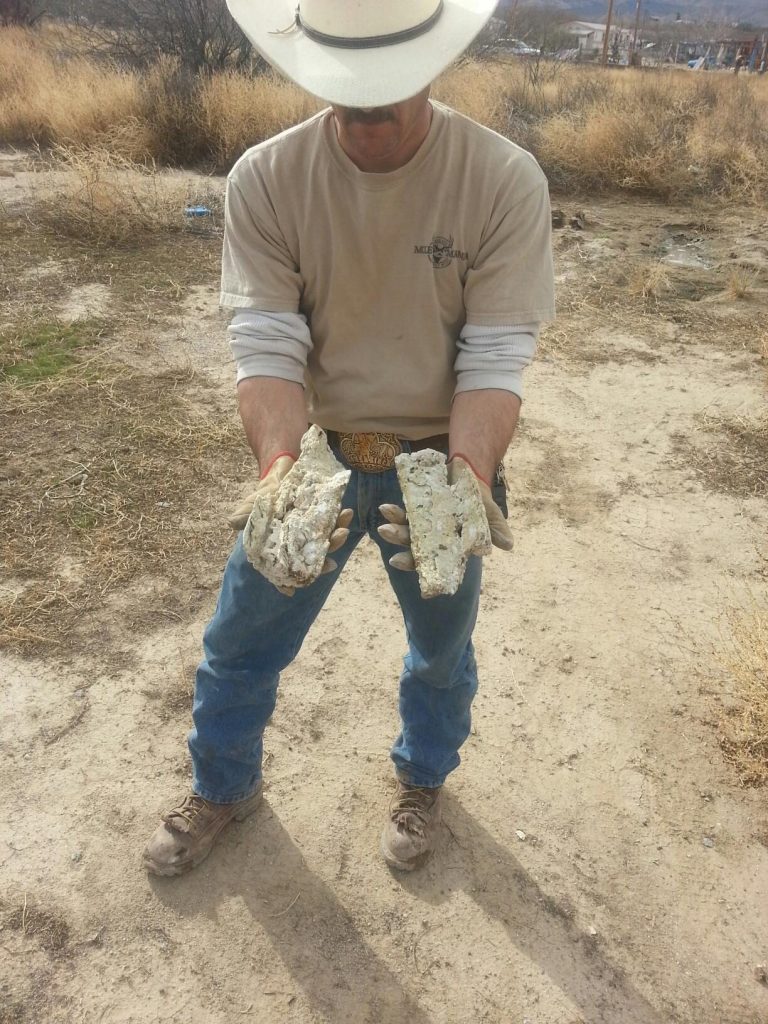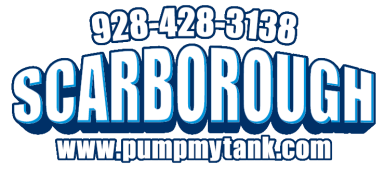Grease Traps
Grease Trap Basics
Grease Traps can be major problem for restaurants and other food processing establishments when they are not pumped and cleaned on a regular basis. Routine cleanings can keep the system operating properly.
Grease Traps are very important to a kitchen’s wastewater drainage system. Wastewater from garbage disposals, sinks, and floor drains contains various amounts of grease and oils. The greasy waste passes through drainpipes that lead to the grease trap. The job of the trap is to slow the flow of water and allow the grease to cool. Once the grease is cooled it rises to the top of the trap because it is lighter than water. A large percent of the grease and oils are then contained or "trapped" in the grease trap.
Grease traps cleanings should be scheduled regularly to:
- Keep odors at a minimum
- Inhibit grease and rancid oils from emulsifying
- Prevent blockage in the drain pipe
Warning Signs of Problems
- Slow running drains
- Backups gurgling in pipes
- Ground wet with a bad odor (if associated with a septic system)

Hardened grease found in drain pipe
